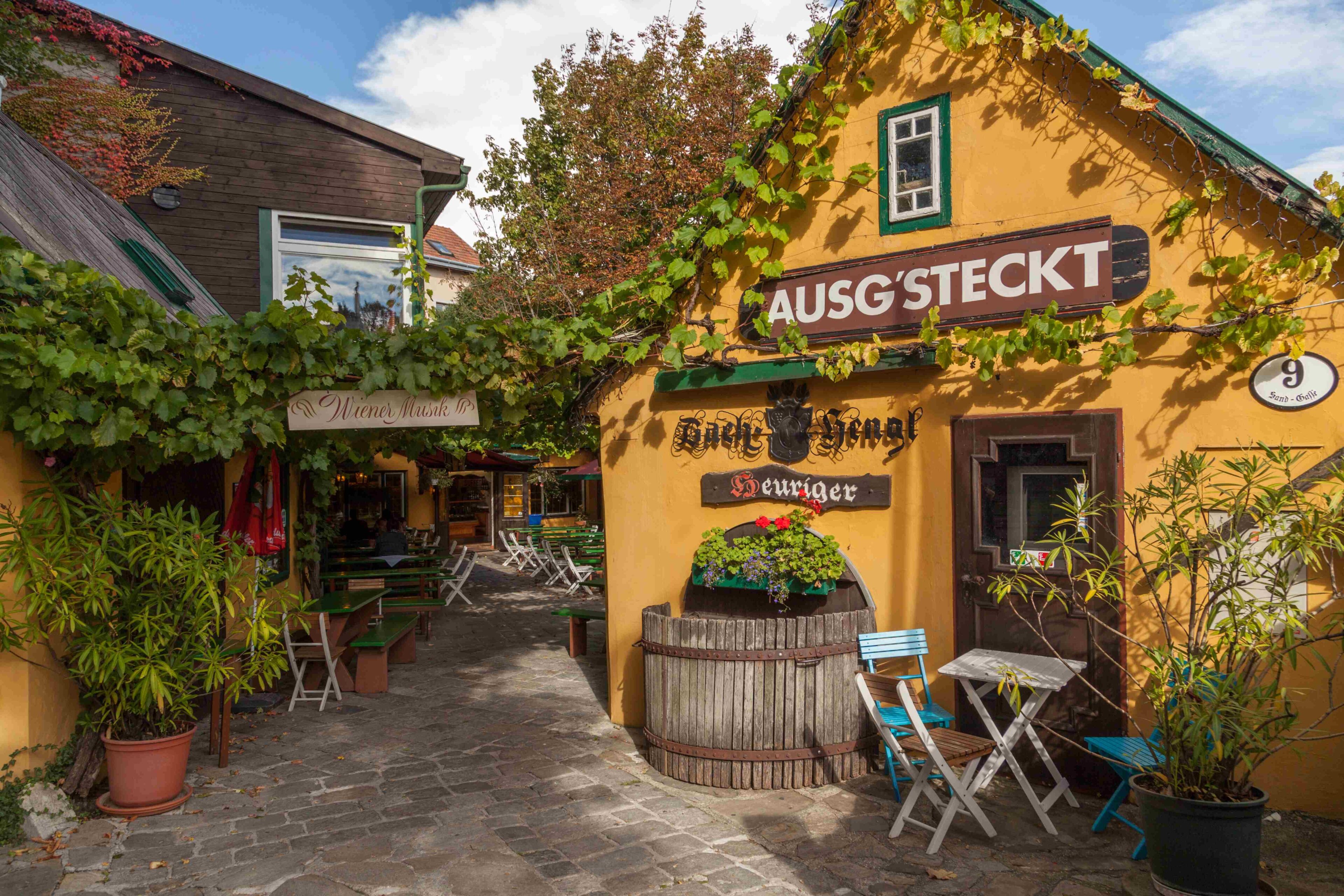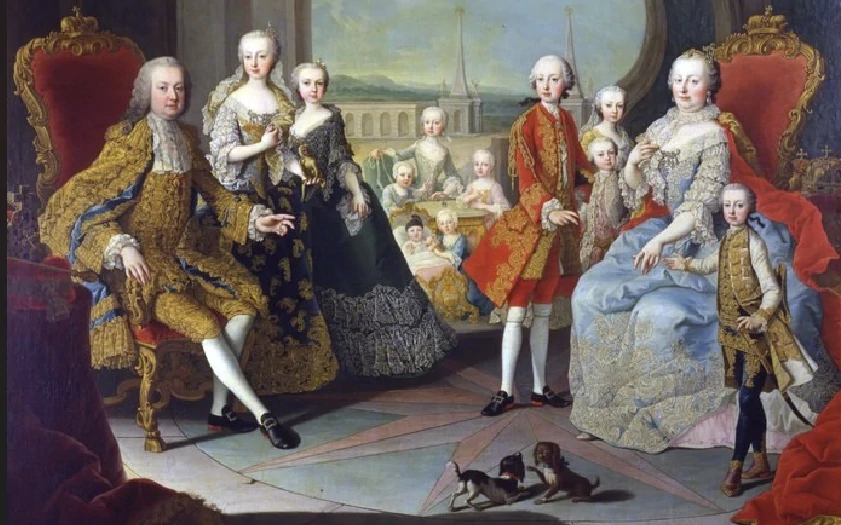“There will be a wine and we will be nimma”. You will hear this and other typical Viennese Heurigen songs while sitting together in a cozy atmosphere at the Heurigen. But since when has wine been grown in Vienna? And what is meant by Heurigen? Vienna and wine – there is a close connection since Roman times. The history of Viennese wine and the Heuriger begins with the Celts . They cultivated wine in Central Europe and brought it to Vienna. The Romans refined in, although he was rather inferior quality. It was grown by Roman vintners and served to the soldiers. Everyone was entitled to their daily ration of wine. Emperor Probus promoted viticulture, had Roman grape varieties brought in and vineyards planted. After the Romans in the 5th century. After the Vindobona military camp had been abandoned, other peoples such as the Huns, Goths and Avars came to Vienna in the course of the migration of peoples. Around 900, wine began to be served in Vienna and the Heuriger was born. Vienna became more and more important, the crusaders stopped here and numerous wine taverns were established. The serving of wine was marked by a busk, which consisted of a bundle of pine or fir branches tied together. Wine cultivation was mainly carried out by the monasteries and the wine was delivered to the city center, where there were many underground, multi-story wine cellars. Oddly enough, the homeowners did not always own the cellars below. The serving of wine led to an underground business, accompanied by prostitution , and fell quite into disrepute. The Weinmeisterei was abolished, but the “oldest trade” was not. Today there are no more original wine taverns in the city. Viennese wine production reached enormous proportions. Around 1400, around 100,000 hectoliters were exported annually, but a large proportion was also consumed by the people themselves. At that time, 3 liters of wine were counted as one meal . When the harvest in the middle of the 15th century. produced such bad wine, the Viennese wanted to pour the sour swill onto the street. But Emperor Frederick III ordered it to be used as a binder for the mortar in the construction of St. Stephen’s Cathedral . Instead of being poured onto the street, it was now poured into the foundations of the north tower, which still stands today. At the end of the 15th century , it is recorded that many died because they had drunk themselves to death with wine . Parallel to the wine taverns in the city, wine taverns were established outside Vienna, in the suburbs outside the city walls, known as Lucken. Due to the two Turkish sieges in 1529 and 1683, viticulture suffered a setback, but later recovered and generated numerous taxes over time. Vienna’s taxes on wine were considered the highest of the time. The Viennese preferred to stream out of the city because the prices and taxes (consumption tax) for wine were lower there. The Linienwall (today’s Gürtel, an important traffic artery along with the Ring) formed the border at that time. The beverage tax collected was called Ungeld. From the 18th century many vineyards disappeared as the economy flourished and the population increased steadily. Wine consumption also increased in parallel. The Josephine Circular Decree of 1784 by Emperor Josef II is the basis for wine sales at the Heuriger, which is still valid today. Anyone was allowed to sell or serve food, wine and fruit must they had produced themselves at any time of the year, however, whenever and at whatever price they wanted . In Vienna, there were 19th c. about 1,300 inns and wine taverns. Many taverns and wine cellars had a bad reputation, unlike the wine cellars of the monasteries. The quality of the wines served there was just right. The wine taverns and wine cellars were subject to strict conditions imposed by the magistrate. Only wine of one color (red or white) was allowed to be served from 9 a.m. to 9 p.m. (in summer until 10 a.m.), bread, cheese and radish were allowed to be eaten; separees, games and lodging were forbidden. In addition, a maximum price for the wine was set. The word “Heuriger” refers to both the restaurant and the wine of the current vintage, which was traditionally allowed to be called that until November 11 (Martini). You will recognize these rustic pubs (Heurigen) by the illuminated “Föhrenbuschen” and the word “Ausg’steckt”. Here you will get to know the Viennese Gemütlichkeit with good wine, traditional food and typical music. Grinzing is a wine-growing village with a long tradition and offers a wide selection of wine taverns. Vienna, by the way, is the only city in the world that has quite considerable viticulture within the city limits . It is 700 hectares of vineyards in Vienna, where mainly white wine (80%) is grown . The smallest vineyard in Vienna is located in the center on Schwarzenbergplatz in front of the Cervantes Institute in the Palais Wiener Welten. Popular are the wine varieties
“Grüner Veltliner” or “Wiener Gemischter Satz”.
Time Travel Tip: With the public transport (Wiener Linien) you can quickly get to the Kahlenberg. Simply take the U4 to the Heiligenstadt terminus and then change to the 38A and ride to the Kahlenberg terminus. On the way down you get off in Grinzing next to the church and here one Heuriger follows the other. How about an organic wine tavern? Zum Berger is a good choice! Organic winegrowing & wine tavern “Zum Berger” | Viennese wine More info. Kahlenberg – Wikipedia, www.wienerwein.at/grinzing
Image source:
https://commons.wikimedia.org/wiki/File:Wien_Heurigen-Lokal_2014_1.jpg?uselang=de



